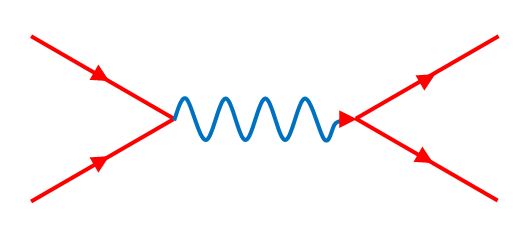TESSELLATIONS
A tessellation is a repeated two-dimensional geometric pattern, with tiles arranged together without any space or overlap.
Simple tessellations can be made by creating a two-dimensional lattice out of regular geometric shapes, like equilateral triangles, squares, and hexagons. Not any regular polygon will work, however. For example, it won’t work with pentagons.
Tessellations can also be made from irregular polygons. (A regular polygon is one with equal sides and angles.) All quadrilaterals can form tessellations. (Quadrilaterals are polygons with four sides.) Although regular pentagons don’t tessellate, some irregular polygons can (such as the pentagon made by placing an isosceles triangles on a square, as children often do to draw a simple picture of a house).
There are many other shapes that tessellate, such as stars combined with other shapes. Even arrangements of curved objects can tessellate. Some of the more extreme examples of this can be seen in M.C. Escher’s artwork.
The lattice structure below can be shaded in several different ways to create simple geometric patterns that tessellate:
For example, here is a tessellation composed of hexagons:
Here is another made from triangles:
This one is made with squares:
The same pattern can make a tessellation with stars and hexagons:
Here are a variety of basic geometric shapes that can tessellate from this same pattern, including a hexagon, triangle, square, trapezoid, parallelogram, pentagon (irregular), rhombus (diamond), and rectangle:
CHRIS MCMULLEN
Copyright © 2014 Chris McMullen, author of the Improve Your Math Fluency series of math workbooks









